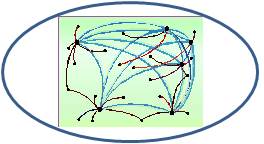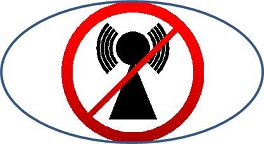|
Data channels are critical in determining the amount of users serviceable by a cell site. When significant events occur, a disaster for example, cell users lose connectivity due to limited data channels. With eSpin™ (CTwists'™ predecessor) the amount of data channels is significantly increased allowing us to support many more users.
We have many more channels that can be dynamically used to support more users in an emergency or increased bandwidth for user data as appropriate.
The current systems are unable to provide this capability due to lack of channels.
In our digital prototype, we will have the 2.4 GHz spectrum occupied with the three clear channels in 802.11n (1, 6, and 11) at 35-meter separation performing speed tests. A baseline will be established for the optimum 3 channel performance.
Then operating CTwists™ with 1000 channels, at a greater than 350-meter separation, speed tests will be accomplished for CTwists™ while observing any change in the 802.11n performance. Our belief is that CTwists™ will provide more than 1,000 times the throughput utilizing the 1,000-fold increase in channels without considerable reduction in the 802.11n performance. This will prove without a doubt that we are significantly increasing the number of channels.
The power will also be under one tenth of what 802.11n typically requires. This demonstrates the non-interference mode of operation, being its initial mode. However, as non-interference with legacy operation is no longer required, more data channels can be implemented. See diagram of digital prototype below.
|




